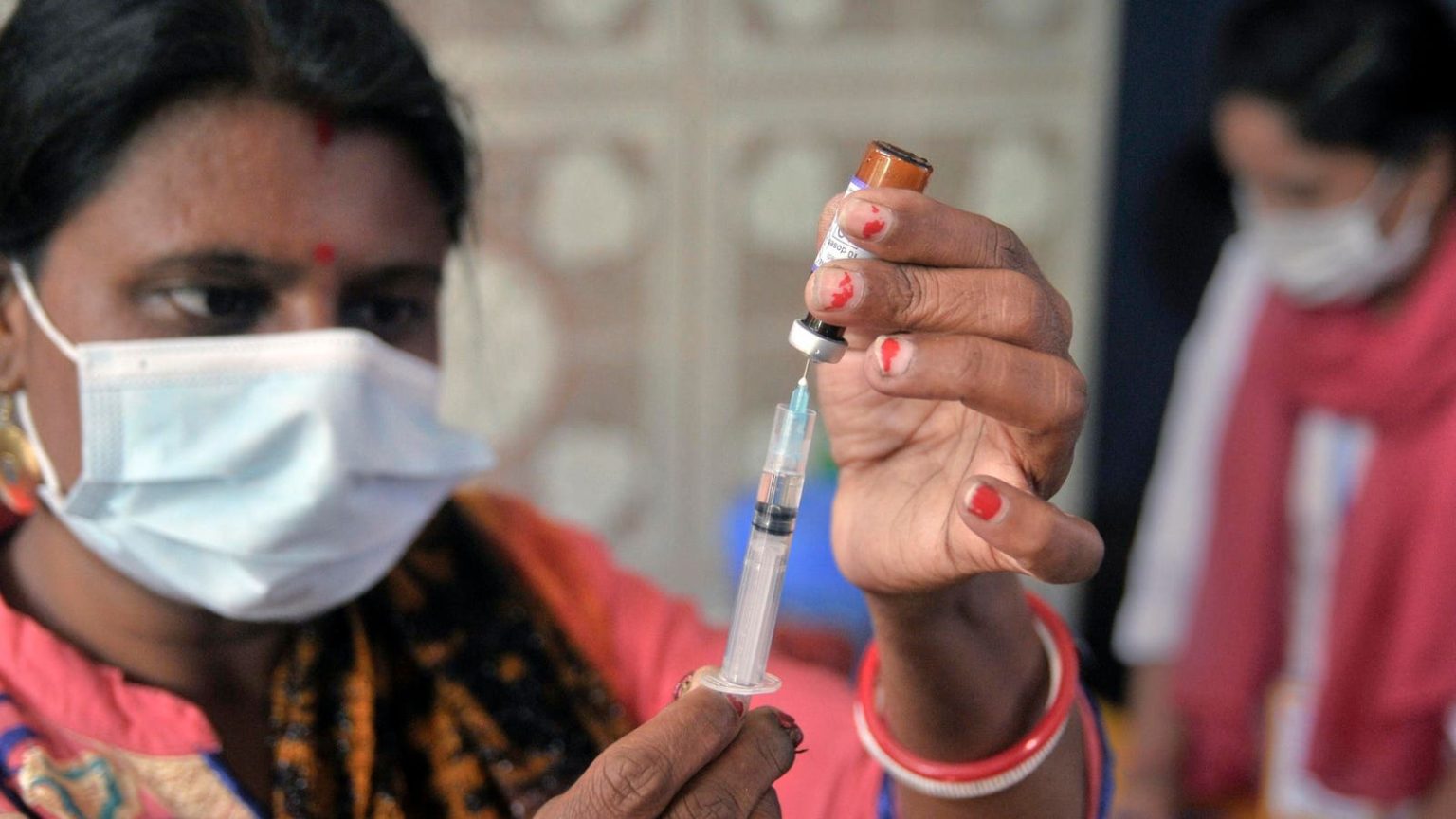Topline
Measles is staging an alarming comeback across the globe, the World Health Organization and Centers for Disease Control and Prevention warned on Thursday, with cases of the often forgotten killer climbing as countries struggle to combat declining vaccination rates.
Key Facts
Measles is an extremely contagious virus that spreads easily when an infected person coughs, breathes or sneezes, and it can linger in the air for up to two hours after the infected person has left.
Symptoms — which can include cold-like symptoms like a cough, high fever and runny nose and a rash that usually appears a few days later — often begin around a week or two after exposure to the virus and people are contagious from around five days before the rash appears to four days after it’s gone.
Measles is a serious infection — it is potentially fatal and one in five people with measles in the U.S. are hospitalized — and can cause severe health complications like severe breathing issues, blindness and brain swelling, with vulnerable groups like young children and pregnant people at the highest risk of severe complications.
There is no specific treatment for measles and clinicians focus on providing supportive care like preventing dehydration and tackling fever to relieve patients’ symptoms and help prevent complications.
Measles is preventable with two doses of a safe and highly effective vaccine, which can be given alone but is often combined with other vaccines for diseases like mumps and rubella (MMR).
Because measles is so contagious — it is one of the most, if not the most, contagious infectious diseases in the world — vaccination rates need to be as high as 95% to protect communities from outbreaks, a target that the U.S., which eliminated measles in 2000, has not met in several years.
News Peg
Measles cases worldwide rose 18% last year from the year before, according to the CDC and WHO report released Thursday. Deaths from measles jumped by 43% in the same time, the data showed. This takes the estimated number of measles cases worldwide to 9 million and measles deaths to 136,000, predominantly among children. The health agencies said 37 countries had large or disruptive outbreaks in 2022 compared to 22 the year before, adding that measles “continues to pose a relentlessly increasing threat to children.” In poorer countries, this largely reflects the difficulties in resuming routine childhood immunization programs in the midst and aftermath of the Covid-19 pandemic, part of a huge backslide in progress that has affected vaccination for an array of diseases like polio, diphtheria and pertussis.
Key Background
Before the measles vaccine was available, almost everybody caught it. Most children had had measles by the time they reached 15 years of age and the CDC estimates it infected up to 4 million people in the U.S. every year, hospitalizing nearly 50,000 people and killing 500. Globally, the World Health Organization said measles killed around 2.6 million people each year and caused major epidemics every two or three years. The introduction of a vaccine in 1963 and its uptake changed that picture. In wealthier countries with successful vaccination programs, measles practically vanished within a few decades and some health experts had hoped humanity would eradicate the measles virus like it had with smallpox and rinderpest, a close relative of measles that infects cattle. Falling immunization rates amid rising vaccine hesitancy have tempered these hopes, and areas that had managed to eliminate the virus like the U.K., Albania and Greece have since lost their elimination status. Recent outbreaks in the U.S. have put the country at risk of losing its own elimination status. Experts warn the diminished presence of measles in our lives since the start of widespread vaccination has made people complacent over the risks it poses. Without high uptake — measles will infect an estimated 90 people in a group of 100 unvaccinated people exposed — they warn that even low numbers turning away from the proven preventatives will harm community efforts to stop it spreading.
Crucial Quote
“The increase in measles outbreaks and deaths is staggering, but unfortunately, not unexpected given the declining vaccination rates we’ve seen in the past few years,” said John Vertefeuille, director of the CDC’s Global Immunization Division. “Measles cases anywhere pose a risk to all countries and communities where people are under-vaccinated.”
Big Number
19 million. That’s how many lives measles vaccination will save worldwide between 2021 and 2030, according to the CDC, part of more than 50 million deaths prevented through immunization. Some 56 million measles deaths were averted through vaccination between 2000 and 2021, the WHO said.
What To Watch For
Measles has remained a growing health problem in 2023, though data reporting this comprehensively will not be released for some time. Natasha Crowcroft, the WHO’s global lead for measles and rubella, told STAT data for the year so far suggests we’re on track to potentially double the figures from 2022. “If this carries on the direction it’s going in, this is going to be a disaster for children in the most vulnerable settings,” Crowcroft said. In the U.S., mounting hesitancy over vaccines has already fueled an increase in diseases like chickenpox and measles, and with the continued politicization surrounding vaccines following the Covid-19 pandemic, this problem looks set to grow.
Childhood Vaccine Exemptions Reach Highest Level Ever — Upping Risk For Outbreaks Of Polio, Measles And More (Forbes)
What is measles and what makes it so contagious? Our medical analyst explains (CNN)
Read the full article here





